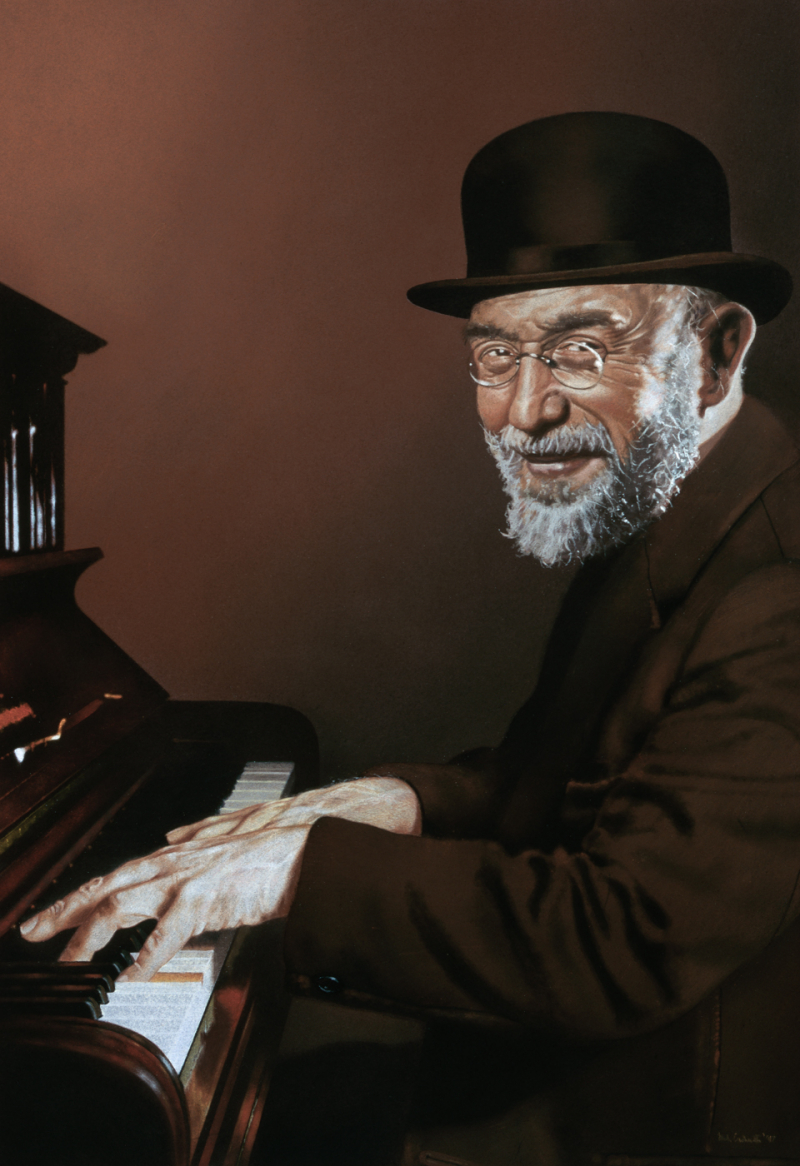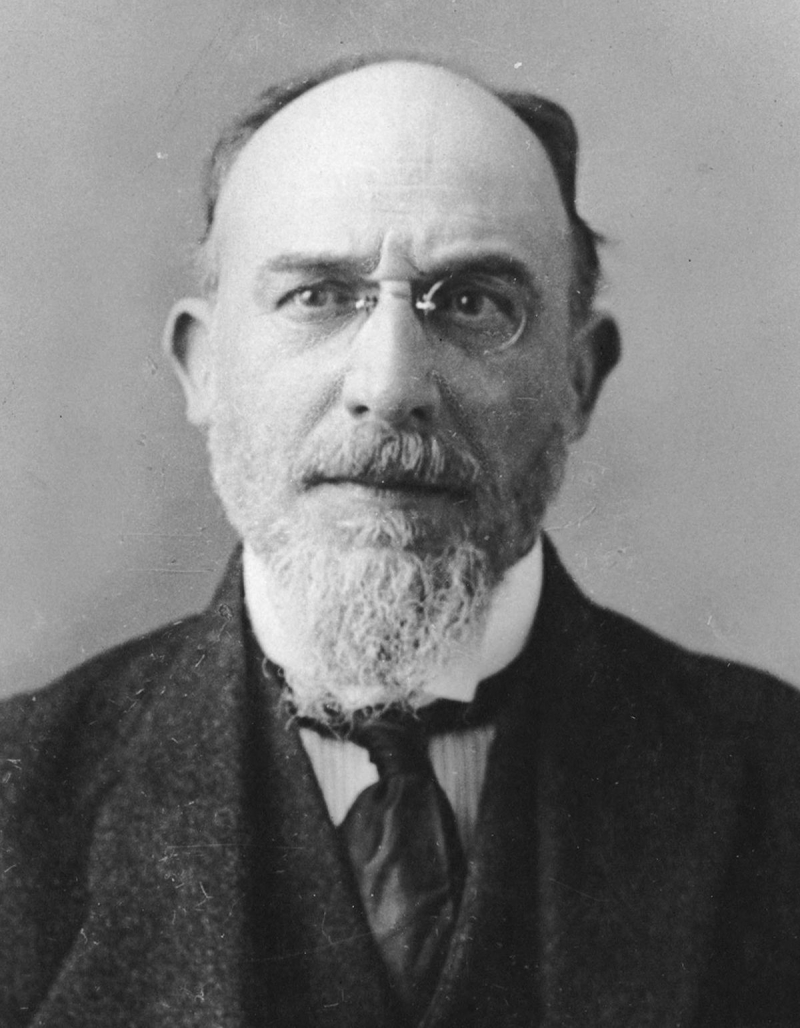Erik Satie
French composer and pianist Eric Alfred Leslie Satie adopted the name Erik Satie after 1884. His parents were French and British, and he was their son. He attended the Paris Conservatoire, but he did not excel there and received no certificate. He started writing music, largely for solo piano, in the 1880s while working as a pianist at a café-cabaret in Montmartre, Paris. Some of his early compositions are Gymnopédies and Gnossiennes. Additionally, he composed music for the Rosicrucian cult that he temporarily belonged to.
A new generation of French composers were inspired by Satie to move away from post-Wagnerian impressionism and toward a more restrained, terser aesthetic. During his lifetime, Maurice Ravel and Francis Poulenc were among those who were affected by him; more recently, minimalist composers like John Cage and John Adams were also impacted by him. He occasionally dispensed with bar-lines, as in his Gnossiennes, and his melodies are often basic and frequently reflect his love of old church music. His harmony is frequently characterized by unresolved chords. His compositions are typically concise and for solo piano. His "symphonic drama" Socrate (1919) and two later ballets, Mercure and Relâche, are two exceptions.
Satie never wed and lived in a small room for the majority of his adult life, first in Montmartre and then from 1898 until his passing in the Paris suburb of Arcueil. Over the years, he adopted a variety of personas, including a time when he dressed in a manner that was akin to that of a priest, another when he consistently wore the same color velvet suits, and the one that is most well-known: a clean-cut bourgeois look complete with bowler hat, wing collar, and umbrella. He had been a heavy drinker all of his life and passed away at age 59 from liver cirrhosis.
Detailed information:
Born: 17 May 1866
Died: 1 July 1925
Nationality: French
Notable works:
- Parade
- Relâche
- Socrate
- Trois gymnopédies









